Set-Mailbox -Identity UserName -AuditEnabled true. Manually enable mailbox auditing on individual mailboxes run the command Set-Mailbox -Identity -AuditEnabled true.
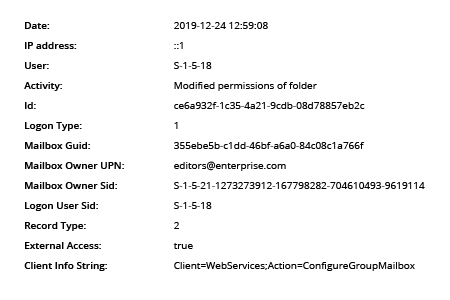
Enable Mailbox Audit Logging And Review Audit Logs In Office 365
After you do this you can use audit log searches in the Security Compliance Center or via the Office 365 Management Activity API.

Enable mailbox auditing. Get-OrganizationConfig Format-List AuditDisabled. To verify that mailbox auditing on by default is turned on for your organization run the following command in Exchange Online PowerShell. Mailbox auditing is included in the Audit log but you must turn it on separately.
Enable Office 365 user mailbox auditing After you have connected to your Exchange Online the next step is to enable mailbox audit logging for a particular mailbox or for all the mailboxes in your organization. Connect to Exchange Online PowerShell. You need messaging and compliance permissions to.
Enable Mailbox Audit Logging. Get-mailbox -Identity MailboxName Set-Mailbox -AuditEnabled True When you check the status again using. Mailbox auditing allows you to track actions that users take within their own and others mailboxes.
By Default mailbox auditing is not enabled in Office 365 mailbox auditing can be turned on for log in to mailbox access by owner delegates and administratorsAfter mailbox auditing is enabled some actions performed by administrators and delegates on a mailbox is audited by default. This isnt switched on by default however its very easy to apply using PowerShell. Enabling mailbox auditing will include owner activity in the audit records which will in turn enable you to investigate and scope a compromise of that users account.
Exchange Mailbox Auditing has now been enabled by default and rolled out worldwide with the rollout to Unified Audit Log in Security and Compliance Center still in progress. So first you have to connect to office 365 using PowerShell then you can enable or disable auditing. To enable auditing The Microsoft Office 365 provided the following script which can be downloaded from GitHub.
Set-Mailbox cmdlet is used to enable or disable audit logging for mailbox. Verify mailbox auditing on by default is turned on. How to Enable Mailbox Auditing in Office 365.
Get-Mailbox-ResultSize Unlimited -Filter RecipientTypeDetails -eq UserMailbox Set-Mailbox-AuditEnabled true-AuditLogAgeLimit 365-AuditOwner Create HardDelete MailboxLogin MoveToDeletedItems SoftDelete Update Double-Check It. If its not turned follow these steps to enable mailbox auditing. However there a few things you need to know before you proceed.
Auditing of mailbox owner actions generates a large number of mailbox audit log entries. Starting in January 2019 Microsoft is turning on mailbox audit logging by default for all organizations. Before mailbox auditing was turned on by default you had to manually enable it for every user mailbox in your organization.
It is recommended to enable auditing of specific owner actions only when there is a businesscompliance requirement. This script will enable. Enabling mailbox auditing by default addresses a specific pain-point with mailbox audit administration today as Exchange administrators must configure the AuditEnabled setting on each mailbox to be audited after it is provisioned.
Enable global audit logging. This example enables mailbox audit logging for user Lahuara1s mailbox. Set-Mailbox -Identity Lahuara1 -AuditEnabled true.
As per requirement you can either enable auditing in specific of all mailboxes by using PowerShell. When you enable mailbox audit logging for a mailbox actions performed by administrators delegates and owners are logged by default. This means that certain actions performed by mailbox owners delegates and admins are automatically logged and the corresponding mailbox audit records will be available when you search for.
If you are an Office 365 Customer you should be able to search and retrieve your audit data with Search-MailboxAuditLog. To enable auditing for all Office 365 mailboxes in your organization run the following PowerShell commands. Exchange mailbox audit logging can be enabled or disabled for a mailbox by using PowerShell cmdlets in the Exchange Management Shell.
Hence it is not enabled by default. To enable mailbox audit logging you need to. Using this feature you can search the Office 365 Unified Audit logs by mailbox actions and the users that.
To Enable Auditing for Single User in Office 365. To enable auditing for a single mailbox use this PowerShell cmdlet. Get-Mailbox Select Name AuditEnabled AuditLogAgeLimit.
To increase your Office 365 security score its recommended that you enable mailbox auditing for all users.
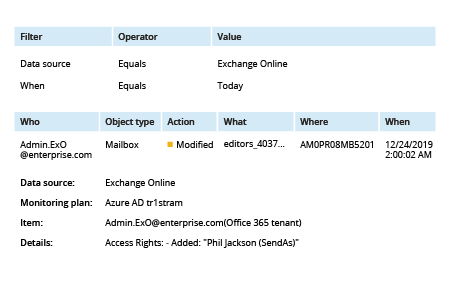
Enable Mailbox Audit Logging And Review Audit Logs In Office 365

Upload Pst To Office 365 Mailbox Account Simple Easy Steps Office 365 Office Easy Step

Enable Mailbox Auditing In Office 365 Users Using Powershell

Enable Mailbox Auditing In Office 365 Users Using Powershell

A Step By Step Guide To Enable Mailbox Auditing Of Exchange Online Office 365

Enable Mailbox Auditing In Office 365 Users Using Powershell

Exchange 2013 How To Access Mailbox Auditing Data Msexchangeguru Com

How To Audit Non Owner Mailbox Access In Exchange 2016
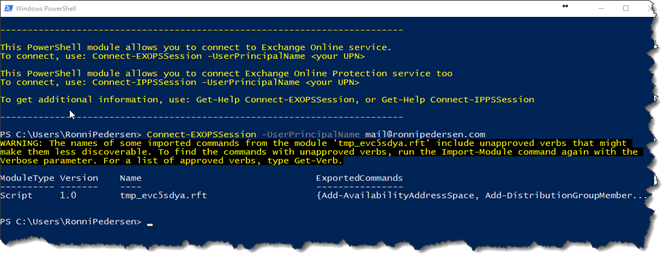
Automate Mailbox Auditing In Office 365 Ronnipedersen Com
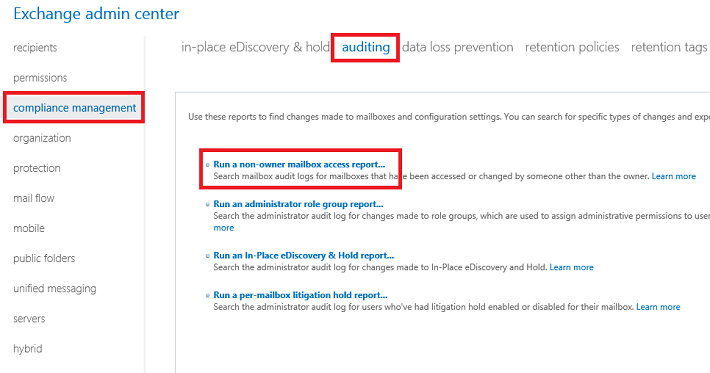
User And Shared Mailbox Auditing In Exchange 2013 2016 2019

Enable Mailbox Auditing In Office 365 Users Using Powershell

How To Configure Mailbox Auditing Enterprise Connect For Office 365 And Exchange Cronofy Docs
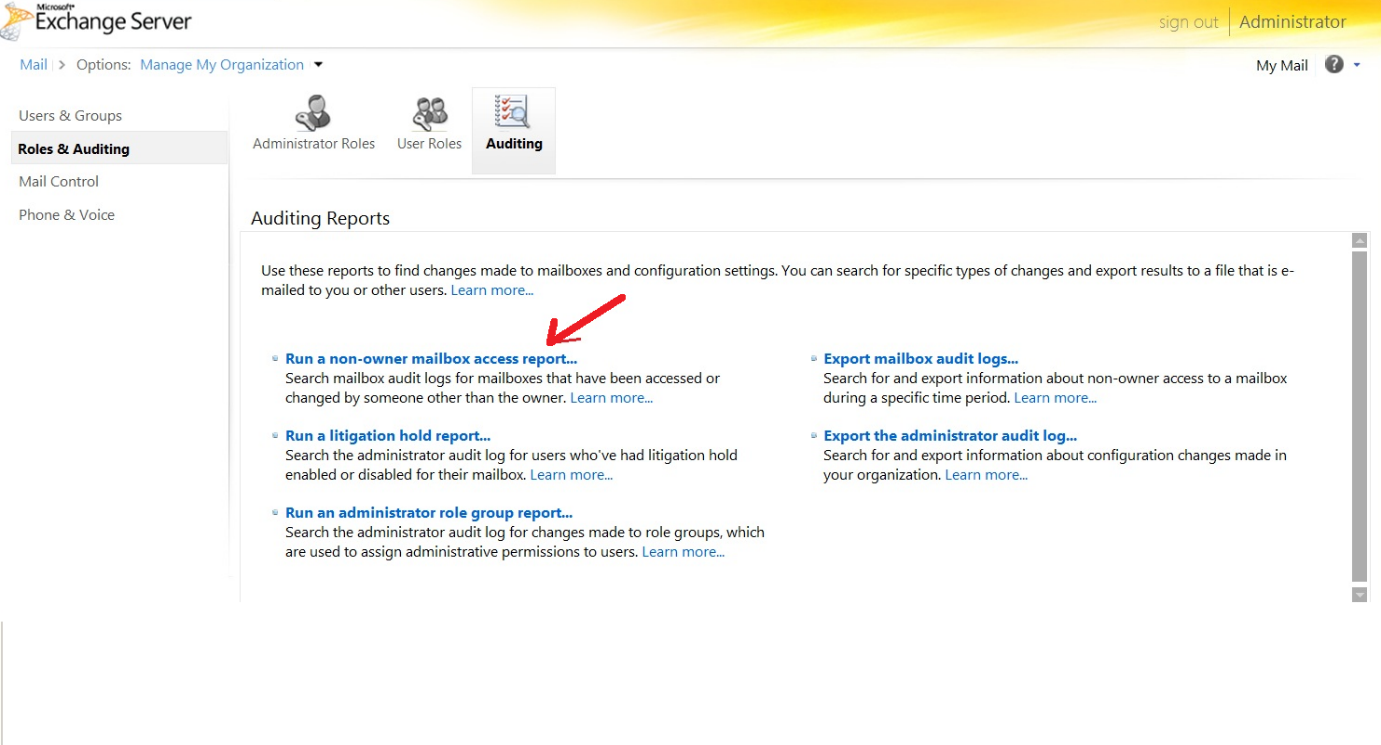
Enable Mailbox Audit Logging In Exchange Server Stellar
User Sign In Mailbox Log Microsoft Tech Community

How To Enable Auditing In Exchange Online Itpromentor

A Step By Step Guide To Enable Mailbox Auditing Of Exchange Online Office 365
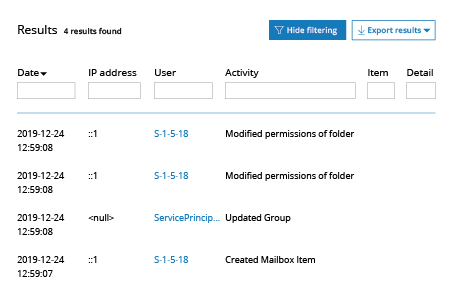
Enable Mailbox Audit Logging And Review Audit Logs In Office 365



